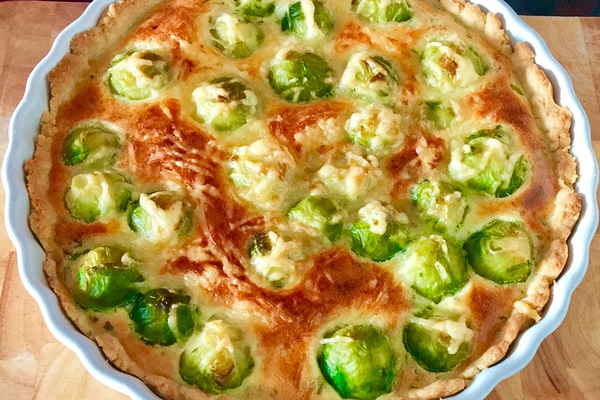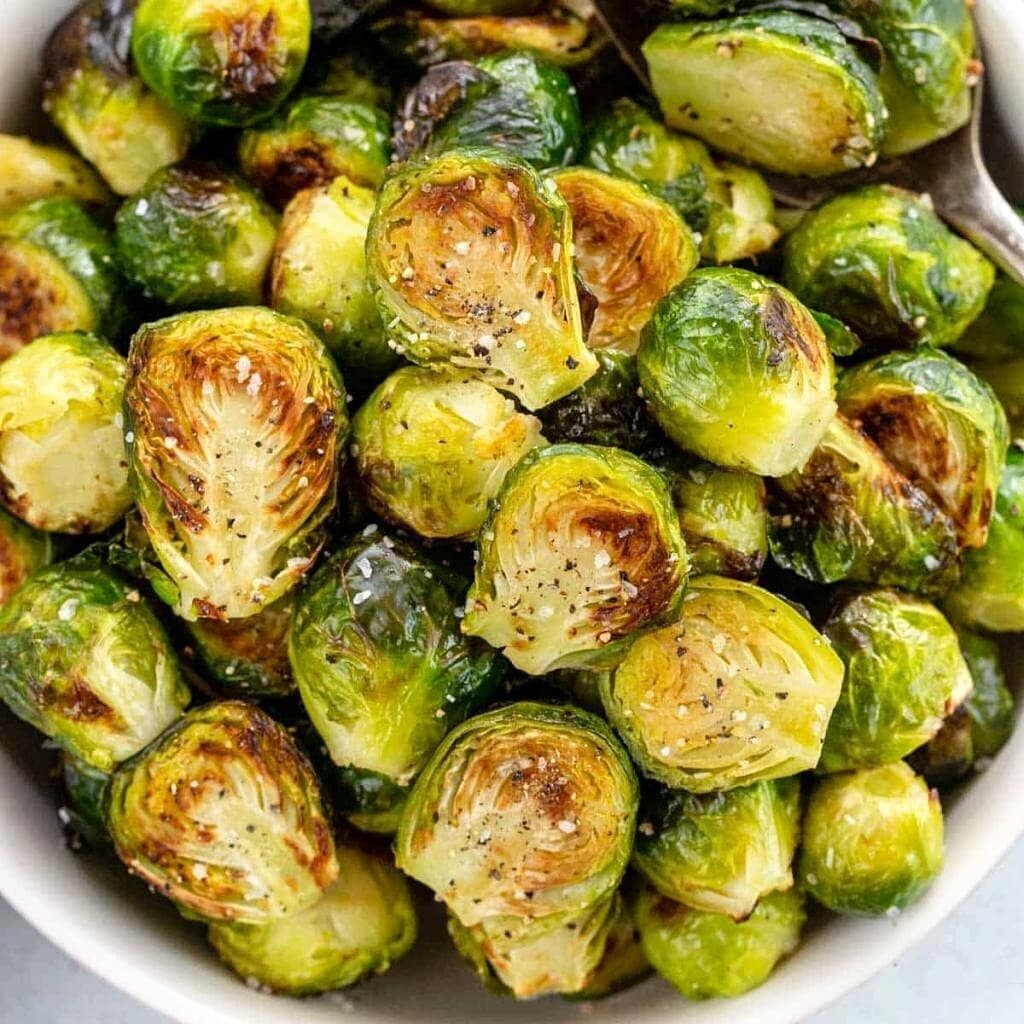Brussels sprouts quiche is a vegetarian recipe that you can prepare without much effort. We’ll show you how the classic French oven succeeds.
The quiche originally comes from France and there are different variations. The shortcrust pastry base and the egg and sour cream filling always remain the same. It is best to prepare the Brussels sprouts quiche between September and March, because Brussels sprouts are in season during this period.
Brussels sprouts quiche: A vegetarian recipe

Ingredients:
250 g flour
125 g butter 1 egg
2 tbsp water
0.5 tsp salt
500 g Brussels sprouts 150 sour cream 3 eggs
100 g cheese (Gouda)
0.5 tsp pepper
5 pinch(s) of salt
2 pinch(s) nutmeg
Directions:
First prepare the quiche dough. To do this, sift the flour into a bowl and crumble in the butter. Knead them in a bit before adding the egg, water, and salt. Then place the dough in the fridge for 10 minutes.
Wash the Brussels sprouts and remove the brown spots. Then cook it for about six minutes. Pre-cooking will prevent the quiche from being ready before the cabbage is soft enough.
Then put the sour cream and eggs in a bowl and whisk them together.
Now add the grated cheese and spices.
Take the quiche dough out of the fridge and roll it out on a lightly floured work surface.
Place the dough in the pan and pull it up along the edges of the pan. You can use a quiche tart or a normal round cake tin with a diameter of 28 centimeters.
Now pour the egg and sour cream mixture onto the dough and spread the Brussels sprouts on top.
Finally, put the quiche in the oven for 30 to 40 minutes at 160 degrees.
Brussels sprouts quiche: expansion for the filling
Many quiches are made with bacon. You can simply replace it with smoked tofu. To do this, cut the smoked tofu (200 grams per quiche) into small cubes and fry it in a pan with oil for ten minutes. Add the fried cubes to the quiche filling later.
Animal products and sustainability

For the Brussels sprouts quiche you need some animal ingredients such as eggs and sour cream. However, the production of animal products generates CO2 emissions. One kilogram of cheese, for example, causes 7.3 kilograms of CO2 equivalents. With 1.3 kilograms of CO2 equivalent, one liter of milk causes fewer emissions. According to the Federal Information Center for Agriculture, the CO2 equivalents are particularly high in dairy products with a high fat content. It is therefore better for the environment to consume animal products consciously and in moderation.
You should also pay attention to how the animals are kept when buying dairy products and eggs. Basically, it makes sense to buy animal products in organic quality. But not all organic eggs are kept in the same way: The European Union’s organic seal only meets the minimum requirements for organic animal husbandry. Under the EU organic seal, 230 laying hens per hectare may be kept. In contrast, the farming associations Bioland, Naturland and Demeter have 140 laying hens per hectare. You can find more examples of the various requirements in organic farming in the article: Organic seal: what do the animals get out of it? Also, try to use eggs without shredding the chicks.
